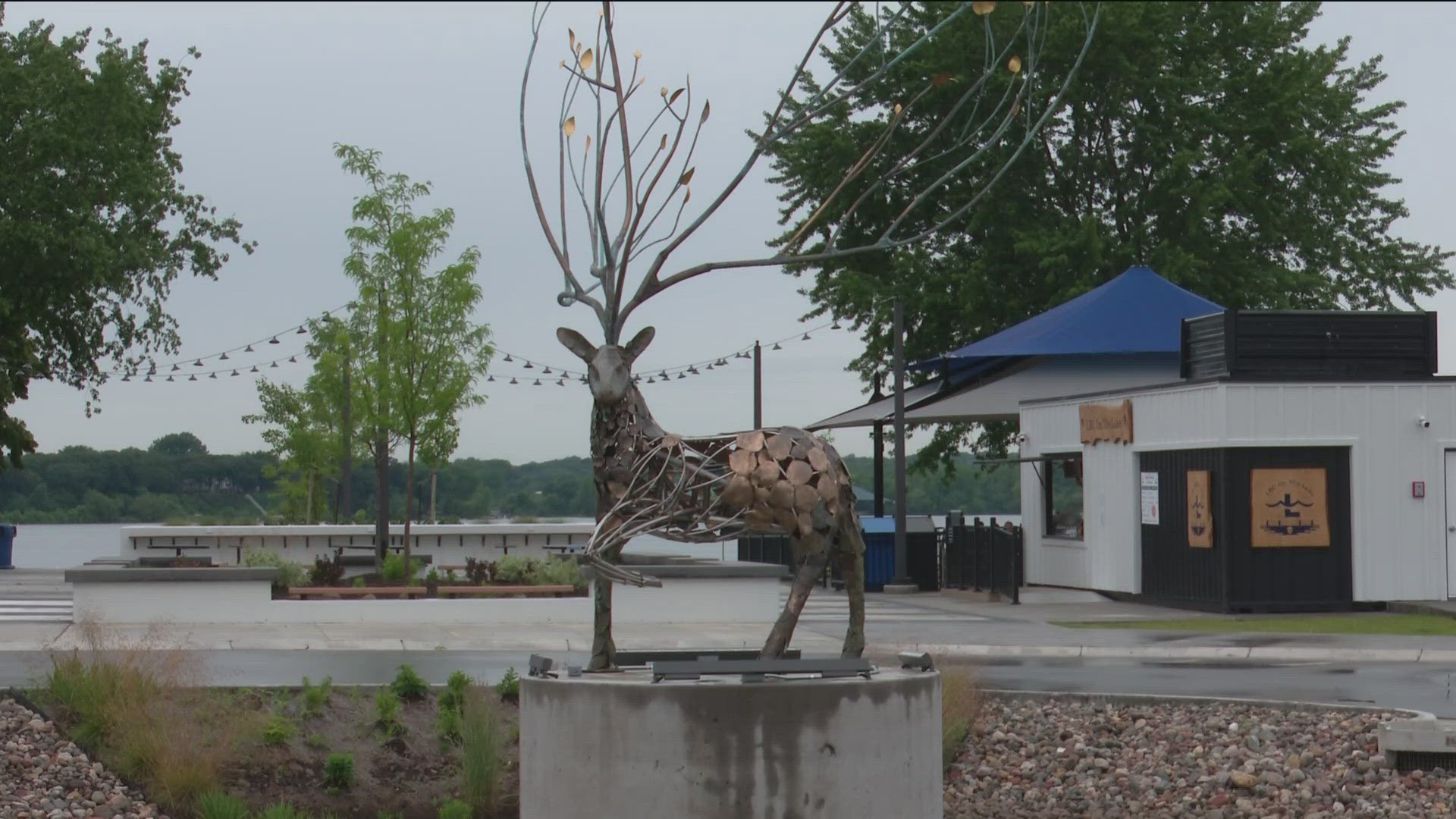MINNEAPOLIS — Population growth is off to a slower start in the Twin Cities metro this decade, according to new estimates from the Metropolitan Council.
But definite trends can be seen in the numbers tracking growth from 2020 and 2023. One clear take away is that the outer suburbs are outpacing the urban core.
Joel Huting, senior manager of research and development at the Met Council, said the 2010s were marked by balanced growth between the large cities and the outer ring suburbs. But the trend so far this decade has been different.
"The trend in the outer areas is toward faster population growth and it's population growth that looks a lot like it did in the 2000s era," Huting told KARE.
His agency is tasked with tracking and projecting growth in population and employment in the seven-county region that the Metropolitan Council serves. Those trends help with long-range planning as well as allocation of state resources to communities.
"The population estimates we've been seeing are pretty consistent with what our long-range forecasts are showing, which is slower growth over time, but still reasonable population growth."
Huting said his team hasn't tried to establish a cause of slower overall growth in Minnesota or the United States as a whole this decade. He said blaming the slow pace of growth in Minneapolis on the pandemic or civil unrest after George Floyd's murders would be pure speculation at this point.
Lakeville booming
The Dakota County community of Lakeville picked up the highest number of new residents in that three-year stretch — with population growth estimated at 5,727 since 2020. That compares to 3,677 for Minneapolis, the largest city in the state.
"It's not surprising to know we've had a lot of growth," Lakeville Mayor Luke Hellier told KARE.
"It was surprising that we led the pack, considerably. If you ask residents, we've seen a lot of single-family and multi-family construction."
Mayor Luke Hellier said voters chose to invest in the city's regional parks by passing a levy. In surveys commissioned by the city, residents list those amenities about the top things that drew them to the city.
"Our residents ranked schools — we have three school districts in Lakeville — plus the parks and natural resources, and public service and public safety. Those were the top three reasons given by people for moving here."
He said it works to Lakeville's advantage that it still has a traditional downtown, and yet is surrounded by open land that's still ripe for development for new housing subdivisions. Hellier said the city is projecting at least ten more years of development on farmland, with varying degrees of difficulty based on terrain.
The Metropolitan Council's Joel Huting said land locked urban areas that can't grow out will tend to grow up, passing comprehensive plans that call for higher density housing.
During his interview with KARE, Huting pointed across the street at the Abbott, a multifamily development at 44th Street and Abbott Avenue South in Minneapolis. It's an example of a higher density project that opened after the 2023 population data was assembled.
WATCH MORE ON KARE 11+
Download the free KARE 11+ app for Roku, Fire TV, Apple TV and other smart TV platforms to watch more from KARE 11 anytime! The KARE 11+ app includes live streams of all of KARE 11's newscasts. You'll also find on-demand replays of newscasts; the latest from KARE 11 Investigates, Breaking the News and the Land of 10,000 Stories; exclusive programs like Verify and HeartThreads; and Minnesota sports talk from our partners at Locked On Minnesota.
- Add KARE 11+ on Roku here or by searching for KARE 11 in the Roku Channel Store.
- Add KARE 11+ on Fire TV here or by searching for KARE 11 in the Amazon App Store.
- Learn more about the KARE 11+ app for Apple TV in the Apple App Store.
- Learn more about KARE 11+ here.
Watch more local news:
Watch the latest local news from the Twin Cities and across Minnesota in our YouTube playlist:

